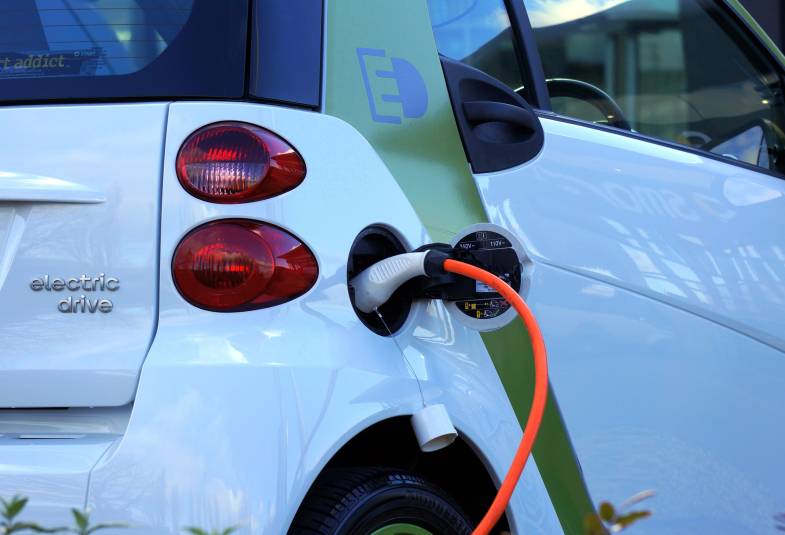Churches, church schools, and diocesan offices may be interested in installing electric vehicle charging points in their car parks. Clergy may want to install them at their homes.

Charging points allow electric cars to be plugged in to recharge their batteries. This can be a quick pit stop using a rapid charger, where the driver is only stopped for 20-30 minutes, or it can be a more gradual charge over a few hours, whilst the driver is at work, school, or church.
There are different types of chargers, different reasons for charging, and constraints which affect what is possible at your church.
A church, church school, or office might choose to install electric vehicle chargers for several reasons:
- They wish to encourage and help parishioners and the community to cut their carbon footprint by switching their petrol or diesel cars to electric. This is especially relevant if most local housing fronts are on to the street, without private driveways, and so residents are put off buying an electric car because of difficulties charging.
- They may want to help lower the emissions from cars in the vicinity of their building, improving local air quality.
- They may want to maximise the use of electricity generated on-site from solar panels.
- They may aim to generate some income for the church by charging users for the electricity.
- They may want to provide a useful low carbon option for those parishioners unable to walk or cycle to church.
- They may want a way to visibly demonstrate their commitment to the environment and encourage others within the community, and, through their visible leadership, encourage their parishioners to consider a switch to an electric car.
It’s important to remember that electric vehicles only really help deliver carbon reductions when the charge points are supplied with renewable energy, either purchased from a ‘green’ tariff or from onsite solar panels.
Further details on EV charging can be found in our brief guide available here